General Motors Going Back Into the Defense Business

“Old soldiers never die,” the saying goes, “they just fade away.”
And that’s exactly what General Motors, no stranger to U.S. military products, did following the Cold War. The company that once produced the Cadillac-built M5 Stuart tank and Buick-built M18 Hellcat tank destroyer in World War Two sold its military products division — GM Defense — to General Dynamics in 2003.
However, just because Stryker and LAV III light armored vehicle production is now someone else’s responsibility doesn’t mean GM isn’t interested in fulfilling the military’s needs. The company still ships engines and transmissions to the Army, but according to a new report, the automaker is once again planning an official military division.
Coming on the heels of last week’s unveiling of the versatile Silent Utility Rover Universal Superstructure (SURUS), Automotive News reports that GM has a new defense industry unit in the works.
Called GM Defense LLC, the unit would exist under the automaker’s Global Product Development umbrella. Last week’s fuel cell-powered vehicle platform would be just one product the unit aims to dangle in front of customers. Besides the obvious U.S. Army appeal of its vehicles, other products would fill various roles in both aerospace and defence, GM claims.
“This new business structure will enhance GM’s productivity, agility and affordability in a very dynamic customer environment,” said Charlie Freese, executive director of GM Global Fuel Cell Business, in an email to Automotive News. “Our goal is to make it simpler and more seamless to do business with General Motors.”
It will be Freese’s job to oversee GM Defense LLC. As for the unit’s home base, the company hasn’t decided on a location yet, according to GM spokeswoman Elizabeth Winter.
The HD truck-based SURUS platform isn’t the only hydrogen-powered project under development at GM. A year ago, GM unveiled a war-ready fuel cell variant of the Chevrolet Colorado pickup, and a third project is said to be underway.
[Image: General Motors]

More by Steph Willems
Latest Car Reviews
Read moreLatest Product Reviews
Read moreRecent Comments
- Turbo Is Black Magic My wife had one of these back in 06, did a ton of work to it… supercharger, full exhaust, full suspension.. it was a blast to drive even though it was still hilariously slow. Great for drive in nights, open the hatch fold the seats flat and just relax.Also this thing is a great example of how far we have come in crash safety even since just 2005… go look at these old crash tests now and I cringe at what a modern electric tank would do to this thing.
- MaintenanceCosts Whenever the topic of the xB comes up…Me: "The style is fun. The combination of the box shape and the aggressive detailing is very JDM."Wife: "Those are ghetto."Me: "They're smaller than a Corolla outside and have the space of a RAV4 inside."Wife: "Those are ghetto."Me: "They're kind of fun to drive with a stick."Wife: "Those are ghetto."It's one of a few cars (including its fellow box, the Ford Flex) on which we will just never see eye to eye.
- Oberkanone The alternative is a more expensive SUV. Yes, it will be missed.
- Ajla I did like this one.
- Zerofoo No, I won't miss this Chevrolet Malibu. It's a completely forgettable car. Who in their right mind would choose this over a V8 powered charger at the rental counter? Even the V6 charger is a far better drive.
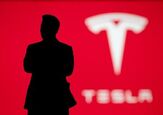


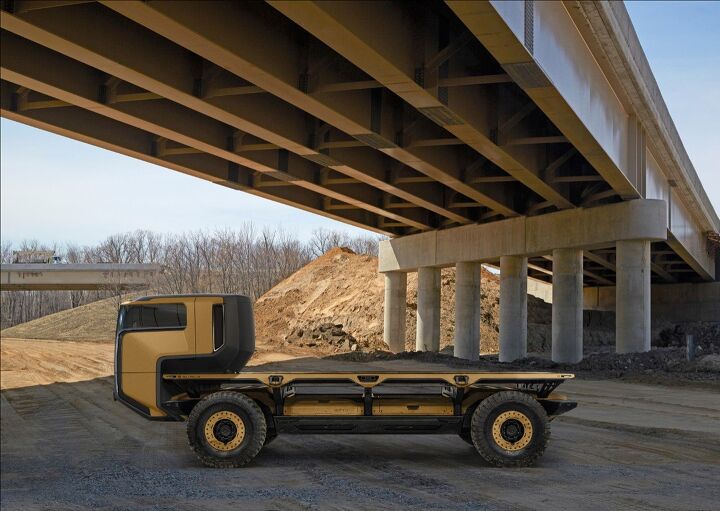












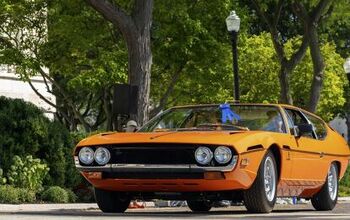
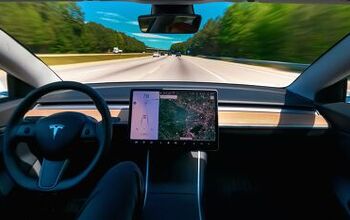


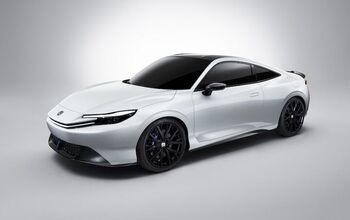
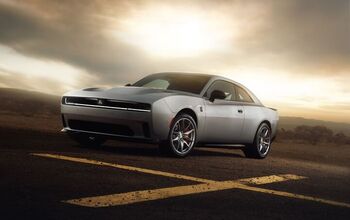
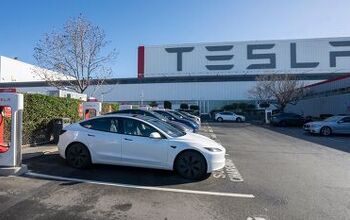
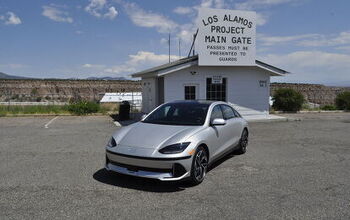
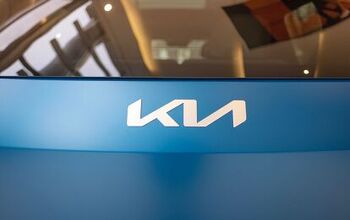
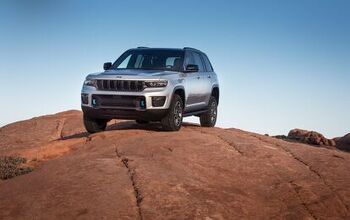
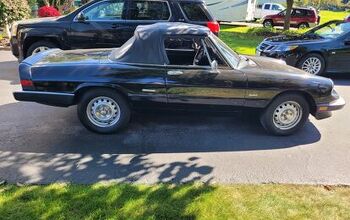

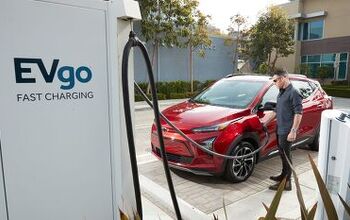

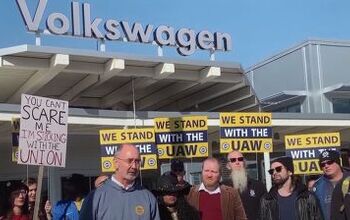
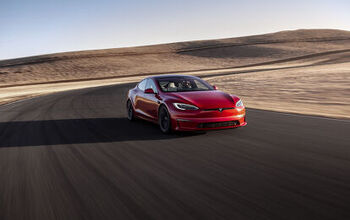

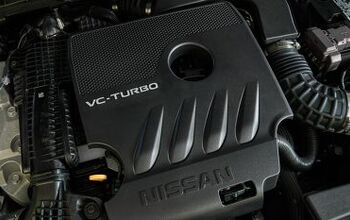
Comments
Join the conversation
Not surprising, considering they have been in the taxpayer bilking business for awhile now....
GM still makes the 6.5L turbo diesel for the US Govt.